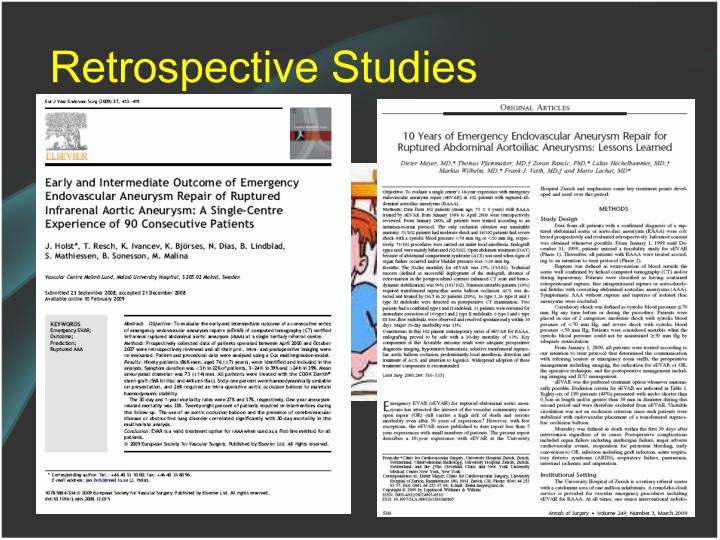

Provide a flow diagram showing how the study sample was derive from the source population.Ensure all available charts have an equal chance of selection.Case selection or exclusion using explicit protocols and well described the criteria.Submit the data collection form, as well as the coding rules and definitions, as an online appendix.Provide evidence of institutional review board approval Investigator conflict of interest or bias.establish if there are sufficient charts to perform the analysis with adequate precision.establish whether necessary information is available in the charts.Chart review inappropriate for study question.SOURCES OF ERROR IN CHART REVIEWS AND THEIR SOLUTIONSįrom Kaji et al (2014) and Gilbert et al (1996):

retrospective cohort studies need large sample sizes if outcomes are rare.temporal relationships are often difficult to assess.cannot determine causation, only association.subject to confounding (other risk factors may be present that were not measured).prone to recall bias or misclassification bias.controls are often recruited by convenience sampling, and are thus not representative of the general population and prone to selection bias.inferior level of evidence compared with prospective studies.may be used as the initial study generating hypotheses to be studied further by larger, more expensive prospective studies.can address rare diseases and identify potential risk factors (e.g.quicker, cheaper and easier than prospective cohort studies.Used if sample size is low and other options failed.
#Retrospective studies software#
More than one confounder is controlled simultaneously, if a larger number of confounders needs to be adjusted for computer software and statistical advice is necessary.Used if only a few confounders exist and if the size of one of the comparison groups is much larger than the other.Find pairs of patients that have specific characteristics in common, but received different treatments compares outcome only in these pairs.Used if only one key confounding variable exists.Divide all patients into subgroups according to a risk factor, then perform comparison within these subgroups.Used if treatment and control group are selected by a chance mechanism.Compare outcomes between treatment and control group.



 0 kommentar(er)
0 kommentar(er)
